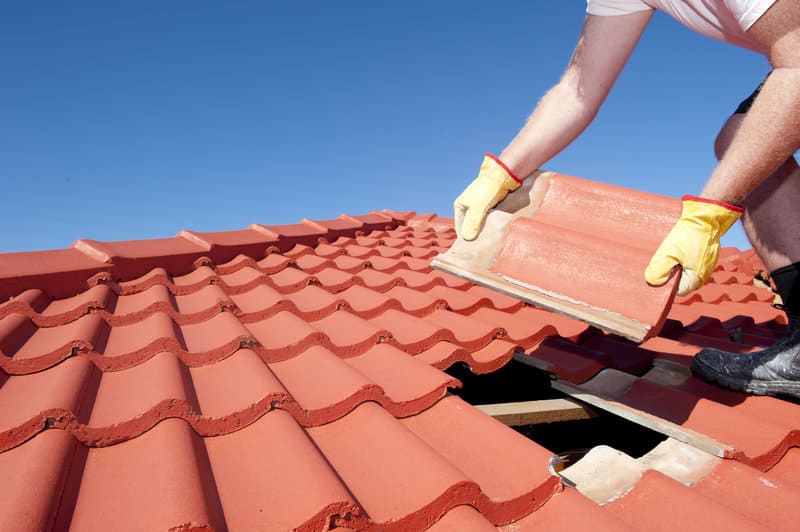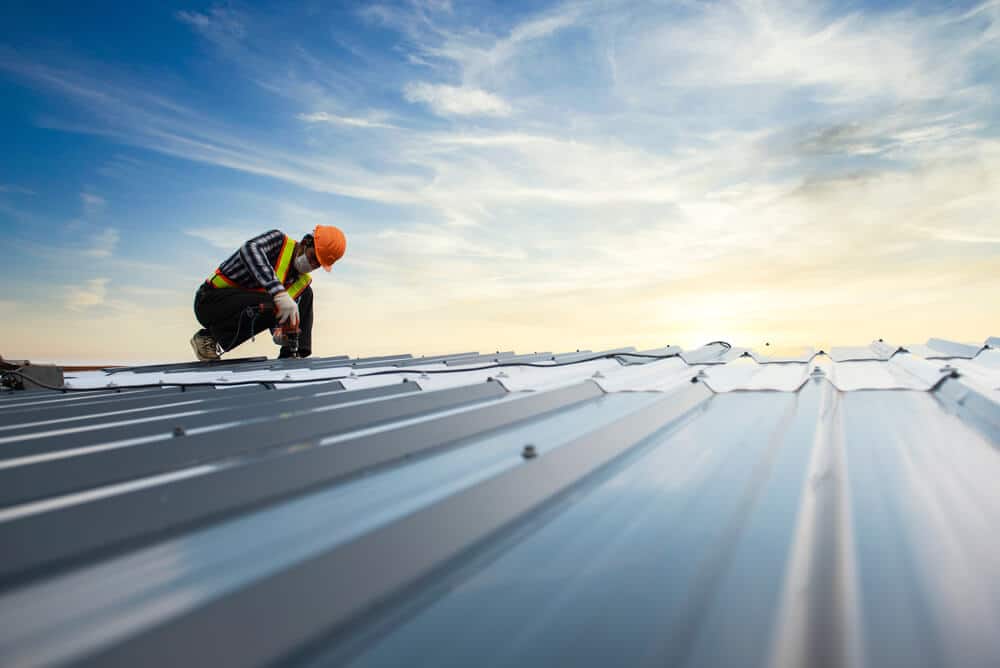Durable and Budget Friendly Solutions from Northeast Ohio Roofing Contractors Specialists
Durable and Budget Friendly Solutions from Northeast Ohio Roofing Contractors Specialists
Blog Article
A Comprehensive Guide to the Installation Process of a Skylight Roofing System
The setup of a skylight roofing system is a complex process that needs meticulous planning and execution to make sure ideal efficiency and aesthetic allure. This guide will describe the important actions involved, from choosing the suitable skylight kind to the vital tools and materials needed for a successful installment. Recognizing the subtleties of architectural stability and waterproofing is critical, as these elements straight affect the long life of your skylight. As we explore each stage, it comes to be clear that focus to detail is not simply helpful however necessary for accomplishing a seamless assimilation of natural light right into your room.

Comprehending Skylight Kinds
When thinking about a skylight installment, it is necessary to comprehend the different types readily available, each developed to meet various aesthetic and practical needs. One of the most usual kinds of skylights consist of repaired, vented, tubular, and operable designs.
Fixed skylights are non-opening systems that serve mostly to give natural light and enhance indoor rooms. Vented skylights, on the various other hand, include a system that enables them to open, assisting in airflow and reducing moisture degrees.
Tubular skylights are portable and created to capture sunshine through a tiny dome on the roofing, funneling it down a reflective tube right into the living area. This type works for smaller sized locations or rooms that need additional light without endangering ceiling height. Last but not least, operable skylights integrate both natural light and air flow, making them functional in different atmospheres.
Each skylight type provides one-of-a-kind advantages, and the selection relies on factors such as the planned use the room, regional environment, and architectural design. Thus, comprehending these alternatives is essential for making an educated choice.
Planning For Setup
Picking the proper type of skylight is just the beginning; adequate prep work for installment is vital for guaranteeing a successful job. Before initiating the installation procedure, it is critical to assess the architectural honesty of the roofing system where the skylight will certainly be set up. This involves monitoring for any kind of signs of damages, such as rot or leaks, which might lead and endanger the installation to future issues.
Following, it is important to prepare the area of the skylight carefully. Consider factors such as sunshine direct exposure, possible blockages (like trees or bordering buildings), and the general appearances of the area. Noting the area clearly will assist in imagining the result and help prevent errors throughout installation.
Furthermore, evaluating regional structure codes and getting necessary authorizations is critical to ensure conformity with laws. This action will certainly aid stay clear of prospective fines and ensure the safety and validity of the installment.
Devices and Products Needed
A successful skylight installation requires a specific collection of devices and products to ensure precision and find this efficiency throughout the process. Essential devices include a tape action, degree, round saw, and utility knife, which are important for accurate measurements and cutting. A drill and ideal drill bits are needed for creating openings for placing brackets, while a hammer and nails or screws are needed for protecting the skylight in area.
The skylight system itself need to be selected based on the size and kind appropriate for the roof covering. Roof covering cement and caulking are also called for to supply additional waterproofing around the skylight sides.
Safety and security tools, such as handwear covers, safety glasses, and a construction hat, must not be ignored to secure against potential hazards during the installment. Lastly, tarpaulins or ground cloth can be valuable to capture debris and protect the interior of the space below. Collectively, these devices and materials lay the structure for an effective skylight installation.
Step-by-Step Installment Refine
Effectively installing a skylight involves a systematic approach that guarantees both performance and appearances. Begin by marking the desired location on the ceiling, ensuring it aligns with the architectural parts of the roofing. Next, reduced an opening that matches to the dimensions of the skylight frame, taking treatment to prevent any type of electric circuitry or pipes.
Once the opening is prepared, install blinking around the boundary to divert water away from the skylight. Position the skylight right into the opening, guaranteeing it sits flush with the roofline.
Next, apply roof covering cement along the sides of the skylight and around the blinking to develop a watertight seal. Appropriately inspecting the skylight makes sure durability and improves its visual allure, offering an attractive source of natural light for years to come.
Wrapping Up and Maintaining Your Skylight
After the setup of your skylight web link is total, it's important to conclude the process by making certain that all finishing touches are applied and appropriate upkeep regimens are established. Begin by examining the interior and exterior seals for any type of voids or inconsistencies that could result in leaks. Appropriate securing is critical for the durability of your skylight.
Following, tidy the glass surface with a mild, non-abrasive cleaner to maintain clarity and improve all-natural light infiltration. Stay clear of rough chemicals that can harm the frame or seals. On a regular basis look for particles build-up around the skylight, as this can bring about water drainage concerns and might need regular cleaning.
Develop an upkeep routine, preferably every six months, to evaluate the condition of the skylight. Search for signs of wear, including degeneration of seals or frame materials. If you discover any type of issues, address them promptly to stop additional damage.
Conclusion

The installation of a skylight roof is a complex process that requires meticulous preparation and implementation to make certain optimum efficiency and aesthetic charm.Choosing the suitable type of skylight is just the start; ample prep work for installation is important for guaranteeing a successful task.A successful skylight installation calls for a specific set of materials and devices to make certain accuracy and efficiency throughout the process.After the installment of your skylight is total, it's important to you could try this out wrap up the procedure by making sure that all finishing touches are used and appropriate maintenance regimens are established. Making sure structural integrity, correct flashing installment, and a water tight seal are vital for the skylight's performance and long life.
Report this page